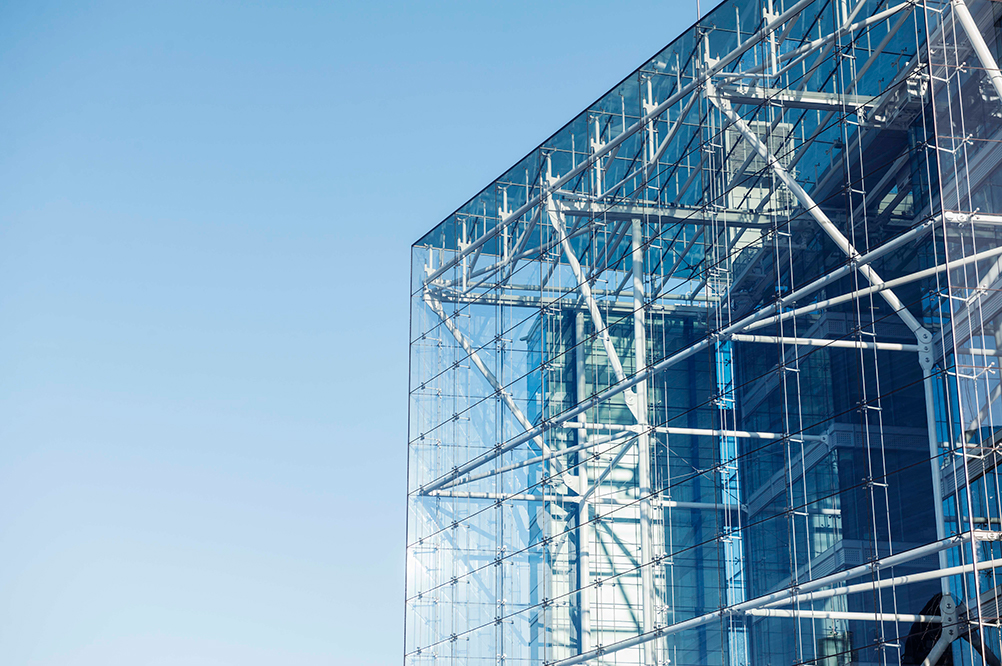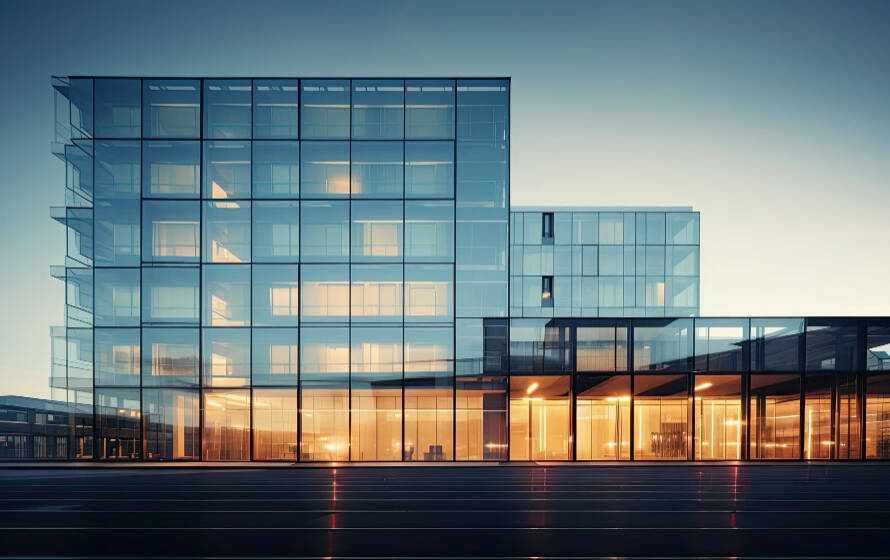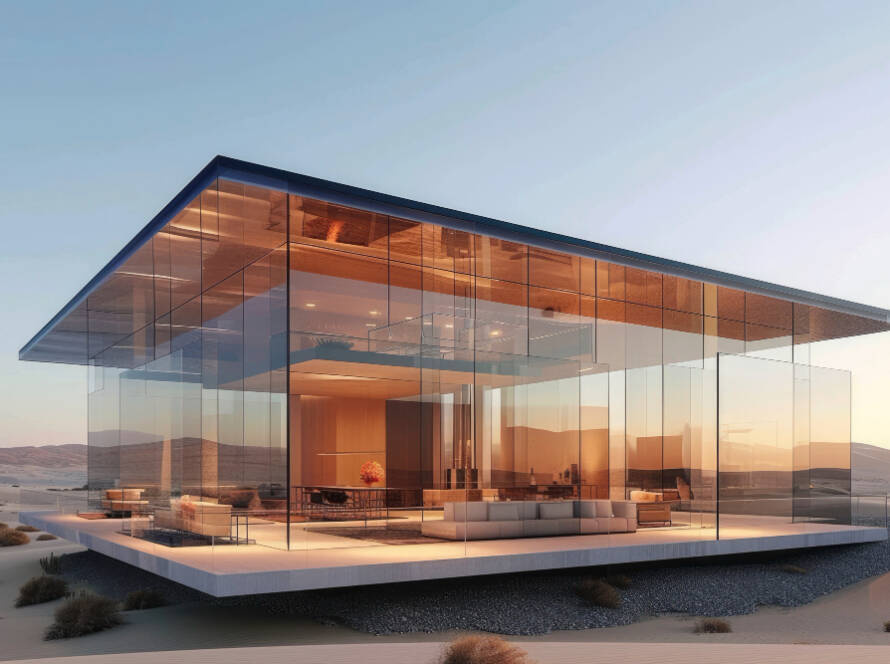When glass is used as a building material for structure, referred to as architectural glass, there are several advantages compared to other non-transparent options for building materials. Glass can be used all around the world and over time it has become a staple in modern architecture. Despite initial fears of the fragility of glass and practical use, architectural glass solutions have been used for centuries now and they’ve definitely stood the test of time.
Modern architecture has demanded more advanced forms of architectural glass, so architects have a wide range of glass types all with different properties. Insulating glass, for example is an application of glass that includes multiple glass panes separated with a gas or vacuum layer for insulation. Laminated glass is specifically designed for safety and will hold together if it’s shattered. Printed glass allows all kinds of decorative uses with digital printing. And the list goes on with many more forms of architectural glass.
Today glass can be seen in all kinds of buildings, from houses to shopping centers and everywhere in between, and it’s even used as a material for walls, staircases and much more. But what makes architectural glass so useful?
For one, glass looks great on all kinds of buildings. The transparent but reflective look is one that can only be achieved with proper glass. Architects have been using glass to improve the look of buildings for a very long time now.
Another benefit of architectural glass is the natural light that windows allow into a building. Not only is natural light a lot cozier, but it also means less power usage since unnecessary lights don’t need to be used during the day.





